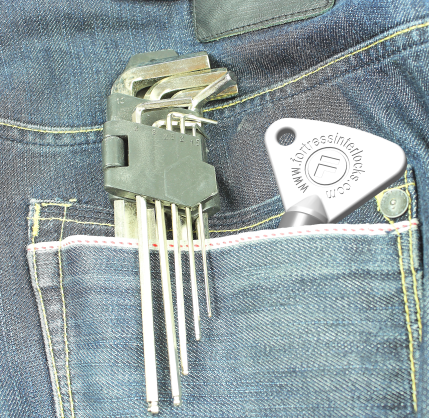| Home> | Automation | >Automated handling | >Key to safety |
| Home> | Health & Safety | >Warehouse Safety | >Key to safety |
Key to safety
09 October 2014
The revised EN ISO 14119 defines Escape Release as the ‘possibility to release manually without aids the guard locking from inside the safeguarded area to leave the area’, explains Rob Lewis, MD at Fortress Interlocks.

An Escape Release will allow someone trapped to get out, but the machine won’t stop until the employee is already at the door (where the escape release is sited) and by that time it is highly likely an accident will occur.
Safety keys stop the accident occurring in the first place. They work by blocking the interlock once the door is opened. Once all safety criteria are met the door will still not open until an employee removes the safety key. In reverse, the door will not relock until the safety key is returned. Thus the operator is kept completely safe while the safety key is in their pocket.
Many people liken a safety key system to a padlock in a lockout procedure, and given that you can’t restart until the key is returned, this is true. However safety keys have two major advantages over a lockout procedure. First, the safety key is always at the door, so you can’t forget it and be tempted just to nip inside for 1 minute. Secondly, unlike a lockout procedure, if you don’t remove the safety key the door won’t open, so operators are forced to follow the procedure.
By adopting a safety key system people entering a dangerous area are 100% protected from an unexpected start-up, preventing an incident in the first place, whereas an Escape Release system seeks to minimise the effect after an unexpected start-up has occurred.










/GRABOMATIC LOGO-tn.jpg)
















